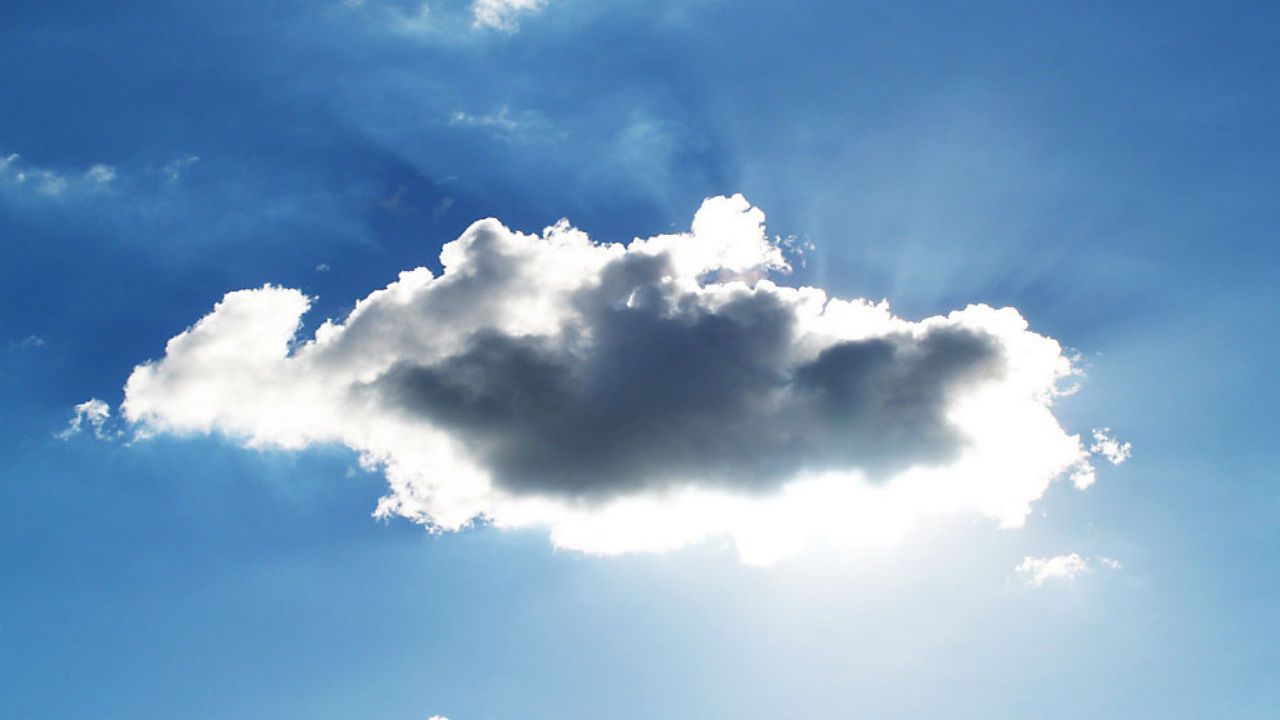*Note - Be sure to have parental supervision during our lessons.
The water cycle plays an important role in creating weather all around the globe. The three-phase cycle allows for continuous movement of water on, above, and even below the globe.
According to NASA, water makes up most of the planet. The Earth’s water is contained 96.5% in the oceans around the world. 1.7% is found in lakes, rivers, and soil, 1.7% in ice caps and glaciers, and .001% in water vapor. You may notice that water is found in a solid (glaciers), liquid, and gas (water vapor). How it goes from one phase to the next is where the water cycle comes into play.
Heat from the sun is what gets the water cycle started. When water heats up, it starts to evaporate. In terms of the Earth, that happens on a very large scale. This process however can be seen on a small scale as well. If you fill up a glass of water and leave it on a kitchen counter and come back a day later. Some, if not most, of the water will be gone. That’s because of evaporation.
Once the water evaporates, it turns into water vapor and expands in our atmosphere. As it rises throughout, the air temperature cools and the water vapor is transformed back into a liquid. This process is what creates clouds and is called condensation. Again, clouds represent condensation on a large scale, but a glass with water in it, as the water is evaporating, will get liquid on the outside. That process represents condensation on a small scale.
Precipitation is the third process of the water cycle. When a cloud fills with water and it becomes too heavy to hold, it rains or snows. This is called precipitation. That precipitation, no matter what form, melts again and ends up back in lakes, rivers, oceans, and streams. The process then starts all over again! This process is crucial to keep all things living.
For this experiment we will focus in on the evaporation to condensation phase of the water cycle. To take part you will need,
- A jar or cup with a lid
- Hairspray
- Hot water
- Ice
First, add hot water to a jar. Quickly put hairspray in the jar with the hot water. Next put the lid on upside down with ice on top. The cloud will then start to form. It does so because the hot water starts to create water vapor. Once that water vapor hit the ice-cold top, it will then condense. Just like in the atmosphere, a cloud only forms when the water vapor has something to grab on to. Typically, outside that would be dirt or air pollution but, in our case, that particulate matter will be from the hair spray! When you lift the lid, the clouds will escape.
Have fun and be sure to take the quiz below!



